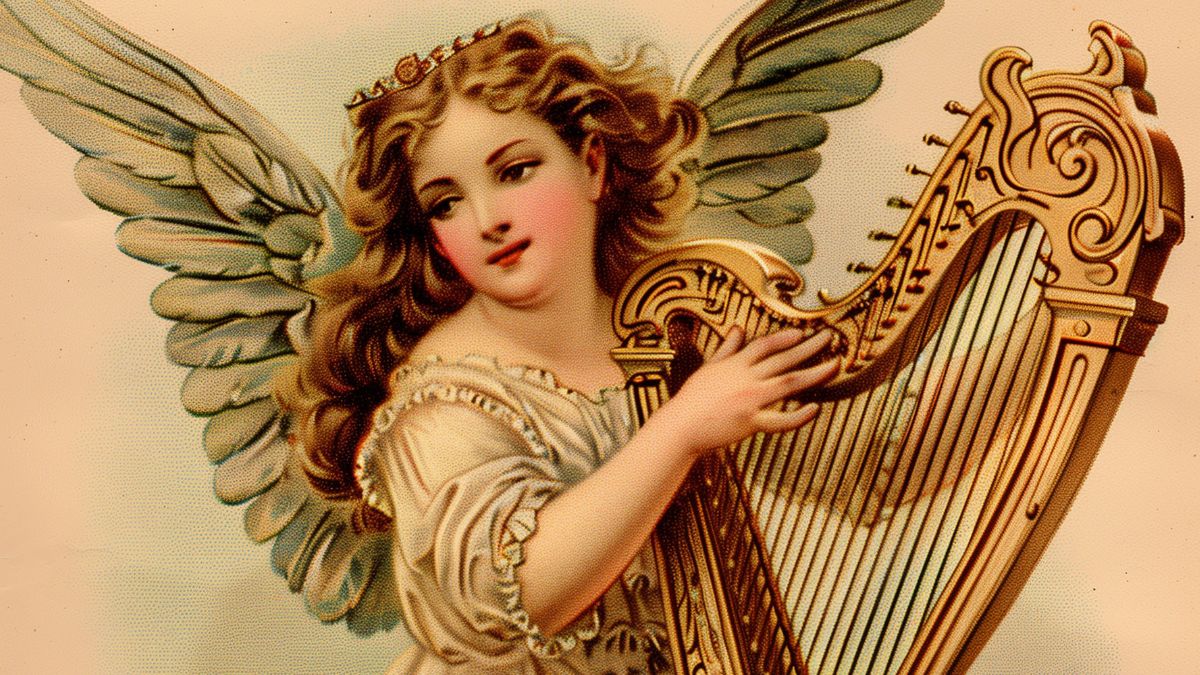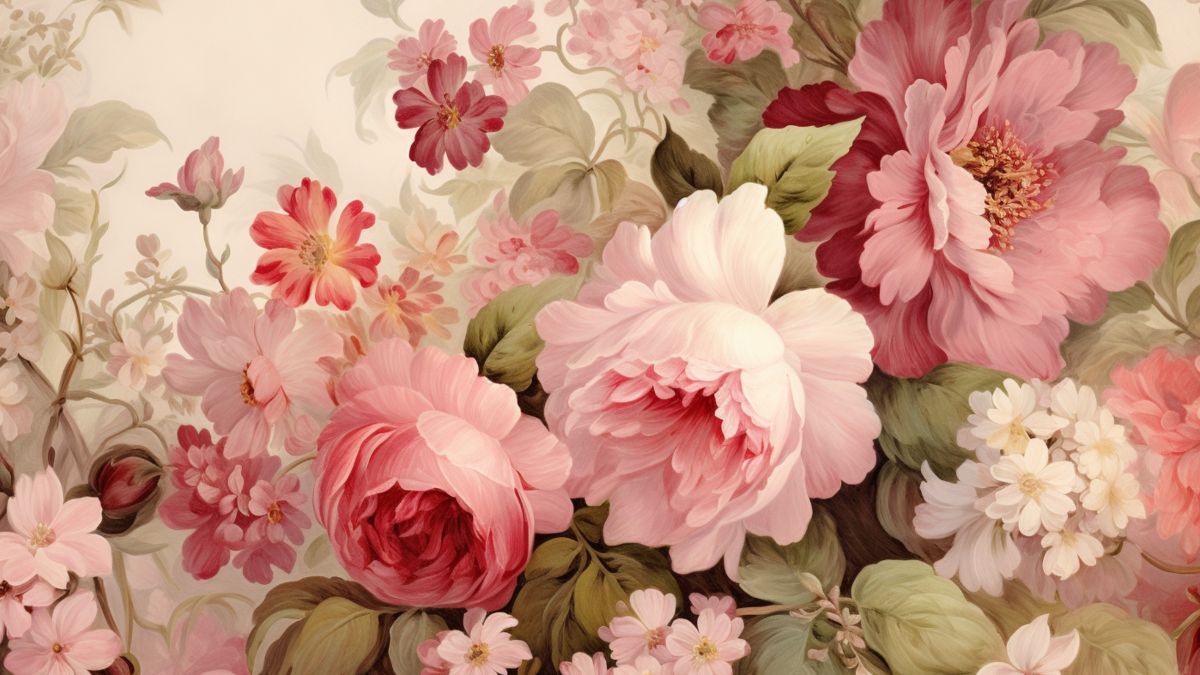Introduction to Vintage Art Movements
Art has always been a reflection of society, capturing the essence of its time. Vintage art movements offer a fascinating glimpse into history through their unique styles and expressions. From the ornate flourishes of Baroque to the bold strokes of Abstract Expressionism, each movement tells a story that transcends generations.
As we dive into these iconic styles, you’ll uncover not just their aesthetic appeal but also their profound impact on contemporary creativity. Whether you’re an art enthusiast or someone just beginning to explore this vibrant world, understanding vintage art can enrich your appreciation for both past and present works. Join us on this journey as we unravel the threads that connect historical art movements with modern artistic expression.
The Beginnings of Art Movements
The journey of art movements began in the late 18th century. Artists sought to break away from traditional forms and express new ideas. This period marked a shift towards individualism and creativity.
The Enlightenment sparked curiosity about nature, science, and human experience. Artists began to explore themes reflecting societal changes, leading to movements like Romanticism. Emotion became essential as artists portrayed intense feelings through vibrant colors and dramatic scenes.
As industrialization progressed, so did the focus on modernity in artwork. The birth of Impressionism challenged conventional techniques by capturing fleeting moments with loose brush strokes and light effects.
Each movement built upon its predecessor while responding to cultural shifts. These early developments laid the groundwork for future innovations in art history, showcasing how intertwined art is with society’s evolution over time.
Key Characteristics and Features of Iconic Styles
Vintage art movements present a fascinating array of styles, each with distinctive characteristics that define its essence.
Take Art Nouveau, for example. It celebrates organic forms and intricate details. Curving lines and floral motifs create a sense of harmony between nature and design.
Then there’s Cubism, which shatters traditional perspectives. Artists like Picasso deconstructed objects into geometric shapes, offering multiple viewpoints within a single canvas.
The bold colors and emotional intensity of Expressionism stand in stark contrast to the subtleties of Impressionism. The latter focuses on light effects and spontaneous brushwork to capture moments in time.
Surrealism takes us deeper into the subconscious mind with dreamlike imagery that defies logic. This movement invites viewers to question reality itself.
Each style has left an indelible mark on art history, showcasing diverse approaches to creativity across the ages.
Popular Artists and Works from Each Movement
Impressionism brought forth names like Claude Monet and Edgar Degas. Monet’s “Water Lilies” captures the fleeting beauty of nature, while Degas’s ballet dancers convey movement and grace.
Moving to Post-Impressionism, Vincent van Gogh stands out with his vibrant colors in “Starry Night.” His emotional depth resonates through every brushstroke. Paul Cézanne shifted perspectives with works like “The Basket of Apples,” emphasizing form and structure.
Fauvism introduced Henri Matisse, whose bold color choices in “Woman with a Hat” challenged traditional representation. Meanwhile, Pablo Picasso revolutionized art with Cubism; pieces such as “Les Demoiselles d’Avignon” shattered conventional forms.
In Abstract Expressionism, Jackson Pollock made waves through his drip paintings. His work invites viewers into a chaotic yet captivating realm of spontaneity. Each artist left an indelible mark on their respective movements, shaping the landscape of vintage art and influencing generations to come.
Influence and Impact on Modern Art
Vintage art movements have left a lasting imprint on contemporary creativity. From the bold colors of Expressionism to the intricate patterns of Art Nouveau, these styles continue to inspire artists today.
Modern art often revisits themes and techniques pioneered by earlier movements. For instance, abstract expressionists draw on the spontaneity found in Surrealism. The fluid lines of vintage designs can be seen in current graphic design trends and fashion.
Many contemporary artists actively reference past works to challenge conventions or evoke nostalgia. This dialogue between eras enriches artistic expression, making it relevant across generations.
Moreover, vintage aesthetics fuel today’s popular culture—from film sets that mimic retro styles to social media feeds celebrating vintage-inspired artwork. These influences keep the spirit of historical movements alive while inviting new interpretations and innovations within modern art practices.
Controversies and Criticisms Surrounding These Movements
Every art movement carries with it a set of controversies. Vintage art is no exception. Many styles have faced scrutiny for their perceived elitism or exclusivity.
For instance, Modernism was often criticized for abandoning traditional techniques and themes. Traditionalists argued that this shift led to an erosion of craftsmanship in favor of conceptual ideas.
Surrealism also sparked debate, particularly regarding its exploration of the unconscious mind and dream imagery. Critics claimed it blurred the lines between sanity and madness, raising questions about artistic intent versus mental instability.
Furthermore, some vintage movements appropriated cultural symbols without proper context or understanding. This appropriation has drawn backlash from communities feeling misrepresented or exploited.
Gender dynamics within these movements reveal another layer of complexity. Many iconic artists were male-dominated figures while women struggled for recognition in various genres, leading to ongoing discussions about equality in the arts.
How to Incorporate Vintage Art into Your Home Decor
Incorporating vintage art into your home decor is a delightful way to add character and charm. Start by selecting pieces that resonate with you. Whether it’s a classic painting, an ornate sculpture, or even vintage posters, choose artworks that speak to your personal style.
Consider creating a gallery wall. Mix different styles and frames for an eclectic look. This arrangement can serve as a visual narrative of your tastes over time.
Another approach is using smaller pieces on shelves or mantels. These can be conversation starters while adding depth to your space.
Don’t shy away from displaying art in unexpected locations like the kitchen or bathroom; it adds surprise and whimsy.
Think about lighting. Highlighting vintage art with soft, warm light creates an inviting atmosphere throughout your home.
Conclusion
Vintage art movements have shaped the way we perceive aesthetics today. They serve as a window into different eras, allowing us to see how societal changes influence creativity.
Embracing these styles can enrich our spaces and spark conversations. Each piece tells a story, connecting us with history in profound ways.
Whether you lean towards Impressionism or Art Deco, there’s something special about integrating vintage art into your life. It invites nostalgia while still feeling fresh and relevant.
Exploring these movements opens up avenues for appreciation that go beyond mere decoration. It’s about understanding context and enjoying the beauty they bring to our modern world.
FAQs
What are vintage art movements?
Vintage art movements refer to distinct styles that emerged during specific periods in history, often characterized by unique techniques and philosophies. These movements, such as Impressionism or Art Deco, reflect the cultural and social contexts of their time.
How do I identify different vintage art styles?
Identifying vintage art styles involves looking for key characteristics. For example, Impressionist works feature loose brushwork and an emphasis on light. Meanwhile, Surrealism focuses on dream-like imagery. Familiarizing yourself with common traits can help you spot these distinctive styles.
Are there any contemporary artists influenced by vintage art movements?
Absolutely! Many contemporary artists draw inspiration from vintage art movements while incorporating modern themes and techniques. This blend keeps the essence of classic styles alive while pushing creative boundaries.
Where can I find genuine pieces from vintage art movements?
You can explore local galleries, auctions, and online marketplaces dedicated to fine arts for authentic pieces. Vintage markets may also have affordable reproductions that capture the spirit of iconic artworks without breaking the bank.
Can I mix different vintage art styles in my home decor?
Mixing various vintage art styles is not only possible but encouraged! Combining elements from different eras creates a dynamic visual narrative in your space. Just ensure that the colors and themes resonate well together for a cohesive look.
What should I consider when buying vintage artwork?
When purchasing vintage artwork, consider authenticity first—look for provenance or certificates of authenticity where applicable. Also examine condition; slight wear can add character but major damage might detract from value or enjoyment.
Is it worth investing in vintage artworks?
Investing in vintage artworks can be rewarding both aesthetically and financially if chosen wisely. However, always conduct thorough research about market trends before making significant purchases to ensure you’re making informed decisions.








